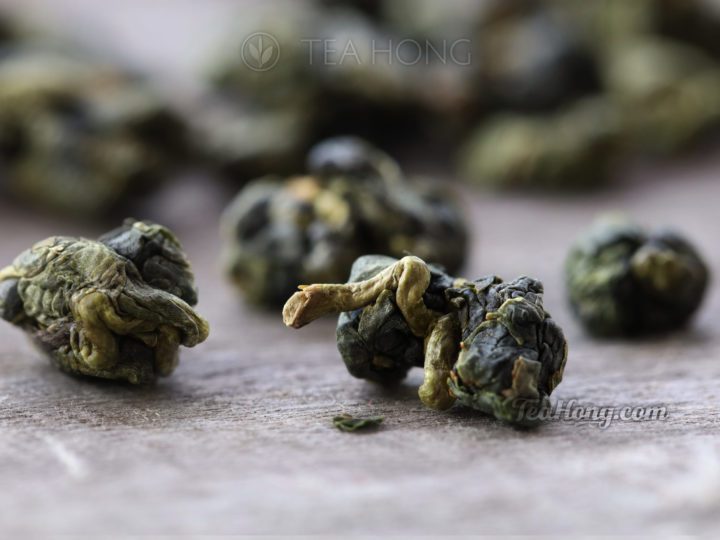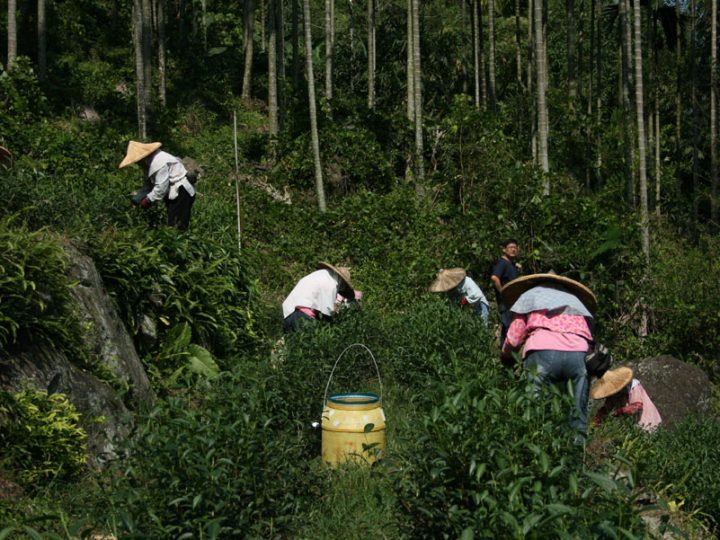Gems of Formosa
Cities in Taiwan may not have glamorous skylines like New York, London, or Hong Kong. Nor its natural wonders as spectacular as Mount Everest, Grand Canyon or Victoria Falls. However, hidden in its humble alleys and emerald forests, there are always gems to discover. I find myself wanting to go there every now and then since college.
In the beginning, I was attracted to the fantastic collection in Palace Museum in Taipei, the unpretentiously friendly girls in Taichung ( I was really young at the time, remember? ), sweet smell of ancient trees around mountain retreats, bountiful of subject matters in their bookshops, and of course, exotic food and drinks on every street corner.
Visiting the island nation again a couple of decades ago for the first time with the purpose of tea trade, it offered the avant garde in Chinese tea marketing ecology and new varieties in tea.
Cultivar TTES #12
Jinxuan was the most talked about one amongst my contacts. Its silky texture and light, but delightful flavour seemed a promising addition for any tea business. The signature milk note, albeit slight, made an impression.
An advent tea utensil craftsman and tea enthusiast told me the background of this cultivar TTES number 12* and how it was one of Taiwan’s very own. He suggested that I should carry this popular and new oolong.
However, compared to oolongs from China, the price point was high. So were a few other varieties that interested me. Since I was only starting my own tea brand, the idea of a Taiwan line at the time simply seemed too difficult.
A year or so later, a supplier from Mainland China offered me a sample of Jinxuan with “authentic milk taste”, and at a very attractive price. I was very suspicious and asked where that was produced. Anxi, he said. By the 1990’s a number of Taiwanese had already been working with the local tea producers in the south of Fujian, much like the Japanese had in other east coast provinces. Their productions were both sold locally and shipped back to their own markets, many to be labelled as Taiwan or Japan products.
Milky Taste Oolong?
I put it in line with some of the other samples I collected in the trip for tasting. It was like the smell of sweetened condensed milk and the taste of a poor generic ( blended ) oolong. Ignorant of the wide array of additives for flavouring tea, I was very puzzled how a tea can smell like this and so differently from how it tastes. I called that supplier to ask what made that dairy smell happen. Naturally, he said, without yielding to my further questions for information. That was the last time we spoke.
Now twenty years later, dozens of flavoured products, be it loose leaf tea, teabags, tea mixes or tea drinks, claim the Jinxuan label, each doped with various degrees of milk flavouring. Some of the drinks that target young people are further flavoured with sweeteners, dairy products, other fragrant additives and plasticky jello bits, “natural” or synthetic. Vulgarity has its place in the consumer market.
Change Makes High-end Taiwan Teas Workable
The two decades have also seen a dramatic rise in the cost of finer productions from China. The price difference between the two lands is not so unworkable now. That is why we are able to offer a Taiwan line with the topmost quality parallel to that from other terra.
I am happy to introduce an authentic Jinxuan that is worthy of inclusion in my collection. It is a total recall of the fine, subtle taste that impressed me in the beginning.
Alishan Jinxuan is an easy going oolong. That is why it is popular amongst tea novices and as an all day tea for many. It is suitable in the good old big-pot-long-brew method as well as various gongfu styles. Visit this page for more about the tea: Alishan Jinxuan.
It’s good to have something that is enjoyable and that is still simple and real these days.
Note:
* TTES number 12 — The original cultivar serial number of Jinxuan cultivar. The plant is also known amongst farmers as “Little Number Seven”. TTES is the abbreviation for Taiwan Tea Experiment Station. Jinxuan is originally romanised as Chinhsuan, according to the Wade-Giles system. This nomenclature can still be visible in many commercial operations in Taiwan.







